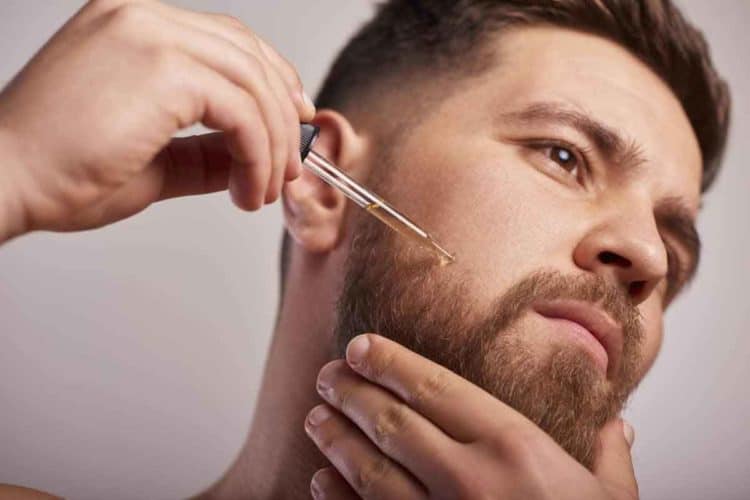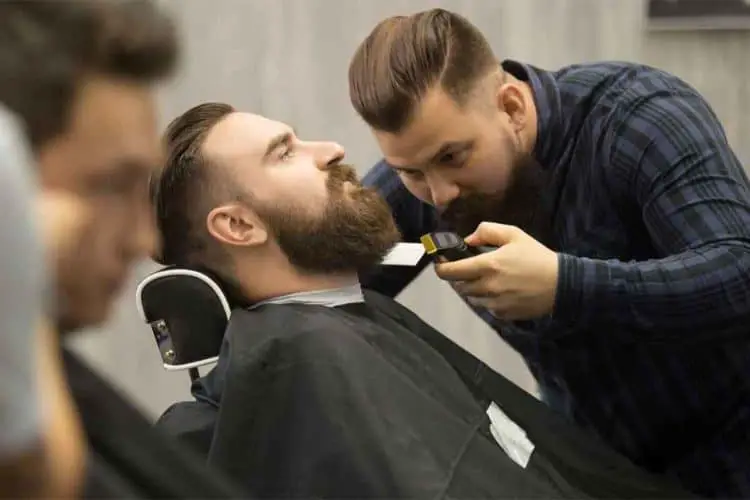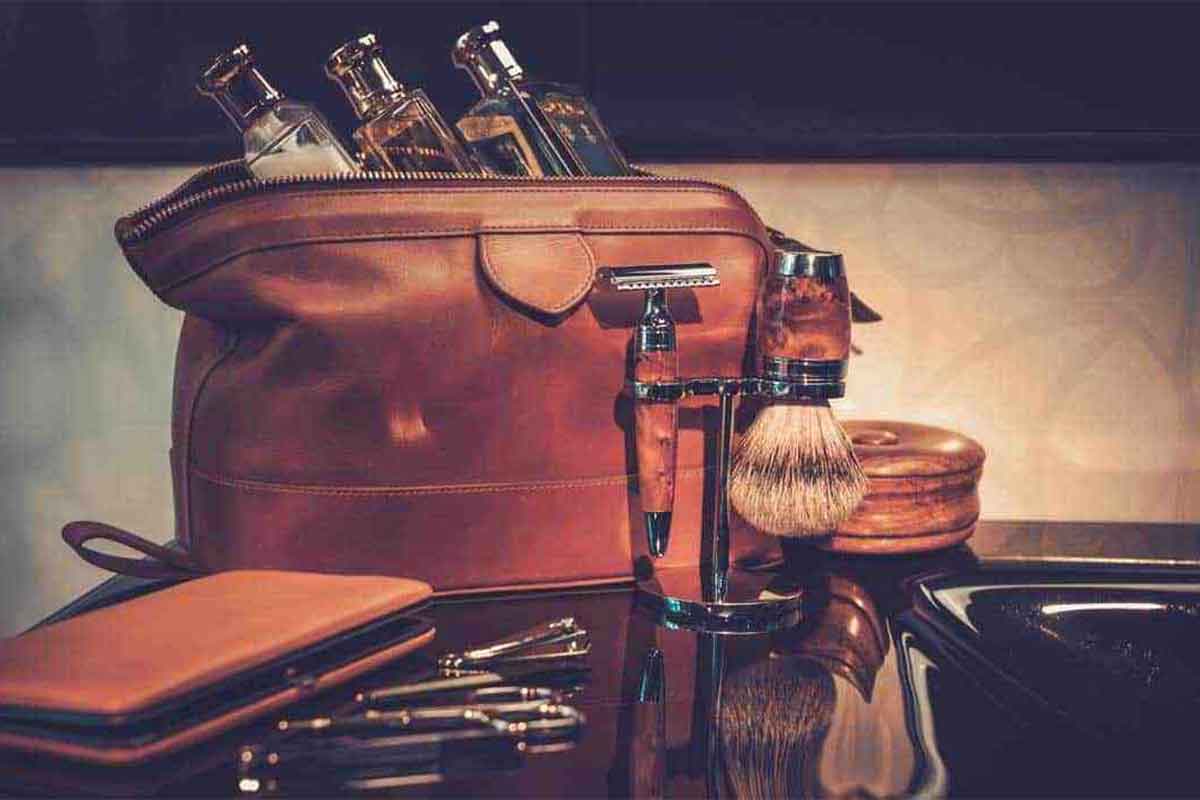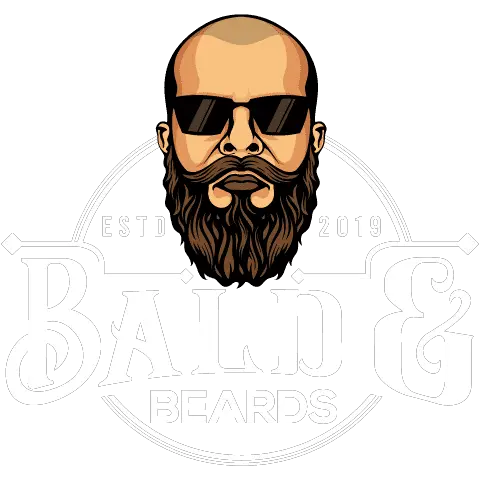When you become a badass beardsman, you take a step beyond simply “growing out your facial hair.” So, you want a beard that enhances your overall look. This is where exceptional beard care will elevate your man grooming.
The shape, length, and quality of the beard all depend on your grooming routine. Proper washing, trimming, brushing and conditioning will define your beard and make it the best it can be.
Maintaining your beard length, shine, and softness is the next step. The following gives you a complete guide to brushing, combing, washing, trimming, and other maintenance needs, so you have the best beard possible. Keep reading.
Easy Beard Grooming Tips
Have you been growing a beard, and now it’s gotten a bit unruly? Wild beards aren’t always a bad thing, but if you prefer a posh look or want to help your beard grow longer, there are some things you can do to perfect your beard care routine.
If you want to keep your beard looking good with an amazing scent and soft texture, you have to do some work. While you don’t have to look after your beard meticulously every day, a little routine goes a long way to improve the quality and thickness of your beard.
Follow these beard care tips to get a healthy, easy to maintain and impressive looking beard for life.
1. Wash with a Natural Shampoo
If you wash with a men’s natural shampoo two to three times a week, your beard will stay clean and smell amazing. It also prevents any buildup of oil, sweat, and germs that can cause beard itch and other irritation.
Since your facial hair is no different from any other hair, you don’t need to buy a special beard wash unless you have extremely sensitive skin underneath. The best alcohol-free shampoos don’t have any sulfates or alcohol.
2. Beard Treatment and Conditioning
Another part of beard care is keeping it soft and shiny. Beard oil is a mix of carrier and essential oils that has become a great way to condition your beard and add shine. Since these products use carrier oils and natural ingredients, it moisturizes your hair follicles and skin underneath, which prevents dry skin and itching.
Your beard is only as healthy as the skin beneath, so this step is important, particularly if you have sensitive skin that constantly itches because of your beard.

Using Beard Oil
Learn How do you use beard oil like a pro. To start, you’ll want to be sparing with your oil as you don’t need very much to cover your beard.
- Pour one to two drops into your palms.
- Massage the oil into the roots of your hair. It can be a dry or wet beard, but it’s most important that it’s clean first.
- Work the oil through your beard strands until you get to the tips, making sure that the oil has spread over all hair and also moisturized your skin.
- You should apply beard oil only once per day if you live in a dry climate. Otherwise, you can skip beard oil and only add this to your time twice to three times per week.
Using Beard Balms
There are also beard balms that can help with itchiness and moisturizing if you don’t want to use oil. It’s also best to avoid any products with alcohol. Balms act like leave-in conditioners and may be better than oils if you want your beard soft and shiny. The best time to apply a balm is right after a shower.
3. Styling Your Beard
Trimming helps prune the strays and shapes your beard the way you want. When you have grown out your beard, trimmers become essential tools for sculpting and daily beard maintenance for a polished yet rugged look.
You can also use facial hair scissors if you don’t want to deal with split ends. You can also fine tune the shape of your facial hair using scissors. They’re one of the easiest tools for fading a beard, too.

Depending on how your beard hair grows, you should trim your beard and minimize uneven patches at least once every other week. The important thing is that you follow the grain of your hair and the natural contour of your jawline and cheeks. In addition to trimming your beard, you may want to get a beard comb with a shaper edge to help you neatly maintain your beard.
If done right, you won’t need to pay for a barber to trim your beard up, but it can be nice to have this done for you once so you know what to do. You also want to be able to maintain your beard between barber visits.
Beard Pruning
Pruning your beard on the side and on the cheeks is dependent on your face shape. If you have a wider or round, rectangular face, too much pruning leads to a thin, short beard, which actually makes your face look more full. Oval and narrow facial shapes can pull off more beard styles, particularly goatees and shorter styles.
However, beards can be tailored to any face shape. The important part is that you highlight a feature, such as high cheekbones, or hide a feature such as a smaller chin. You can build up the length and size of your chin by grooming your beard longer and rounding it to a point, as if it was following the contour of your natural chin.
4. Trimming the Neckline
This is one of our greatest beard care tips. You need a trimmer to manage your neckline and keep your beard in check. While it’s okay to have a rugged beard, most guys don’t want the dreaded “neckbeard.” This is when hair travels down your throat due to improper maintenance, and it gives off the appearance of unclean facial hair.
So how do you know how far up to go? There’s actually a known trick to getting this right, even when you’re not a professional barber.
To trim your neckline, take two fingers and place them on your Adam’s apple. The finger on top is where you should start to trim your beard to. You don’t want to follow along under your jawline as it will highlight your neck and may make you look like you have a double chin.

5. Avoid Hair and Skin Irritations
Brushing and combing your beard out is essential to avoiding ingrown facial hairs. It’s also about how you shave. Going against the grain is good for a clean-cut line, but it could lead to your hair growing in erratically in the future.
Also, is best to keep your shaving gear clean and up to date. Using dull blades almost always leads to razor burn and bumps, which is no fun.
6. Grooming Your Beard with a Brush
A bristle brush may seem optional, but if you want to keep your beard looking shiny and healthy, you can use a beard brush to pull your hair in the right direction. It also helps you to massage the skin beneath the beard and increase blood flow to your follicles.
You can also improve your beard’s texture using a beard brush. Since beard hair is naturally curlier for most men, you can keep your beard tamed without trimming in some cases.
You can simply use a beard comb or brush to style your hair and keep it healthy. In addition, bristled brushes help to lift your hair and promote a thicker, denser beard shape.
The Best Tools for Beard Grooming
- Beard combs (try a cellulose acetate comb or bristle brush)
- Beard oil
- Smaller pocket comb for a mustache (optional)
- Beard shampoo
- Beard trimmer
- Facial scissors or barber’s scissors
- Beard straightener
Beard Grooming Guides
- How to Straighten your Beard
- How to Dye your Beard
- How to Exfoliate your Beard
- How to Soften Your Beard
- Get rid of Beard Acne Pimples
- Alleviate Beard Dandruff
- Beard Care for Black Men
Related Beard Topics
- Alopecia Barbae: Signs, Symptoms, and Treatment
- What to know about Coronavirus and your Beard
- Best Beard Fillers: How They Work + Expert Tips
- Beard Nets: Benefits, Requirements
- Top CPAP Masks for Beards
Wrapping Up: Taking Care Of Your Beard
Beard care should always start with a beard healthy diet and good beard growth supplements. Beard maintenance should be personalized to what’s most convenient for your routine.
While some men need to brush, trim, oil, and balm it up, you may only want to use a brush and facial scissors to clip back stray hairs. However, beard oil and beard balms truly do improve the texture of your beard, and it makes your facial hair look like it was professionally styled.



